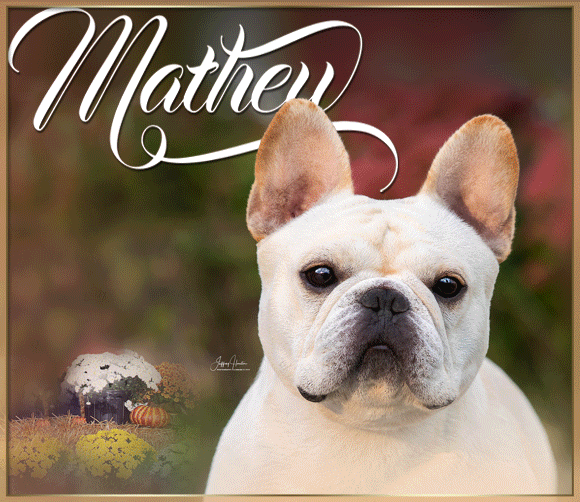A Canine Liver Discussion
Click here to read the complete article
 By Deborah Andoetoe
By Deborah Andoetoe
The liver is a complex organ necessary for survival. Providing over 500 vital functions, which can best be envisioned as a series of organic filters. Blood leaving the stomach and intestines passes through the liver where toxins are removed, glucose is converted to glycogen for storage, and amino acids are regulated. The liver also stores iron and other minerals, removes bacteria from the bloodstream, makes immune factors and converts ammonia to urea.
Some byproducts are excreted through the gallbladder in the form of bile to be passed through the intestines as waste. Others move back into the bloodstream to be filtered and excreted by the kidneys. The liver holds ten to fifteen percent of the body’s blood supply at any given moment, works day and night, and metabolizes many medications.
A liver shunt occurs when an abnormal connection persists or forms between the portal vein or one of its branches, and another vein, allowing blood to bypass, or shunt, around the liver. In the majority of cases, a shunt is caused by a birth defect called a congenital portosystemic shunt.
Liver function tests check the levels of certain enzymes and proteins in blood which are the quickest and easiest way to determine overall liver health. Levels that are higher or lower than normal can indicate liver problems and may point to cirrhosis and failure.
Click here to read the complete article

Short URL: https://caninechronicle.com/?p=193021
Comments are closed











